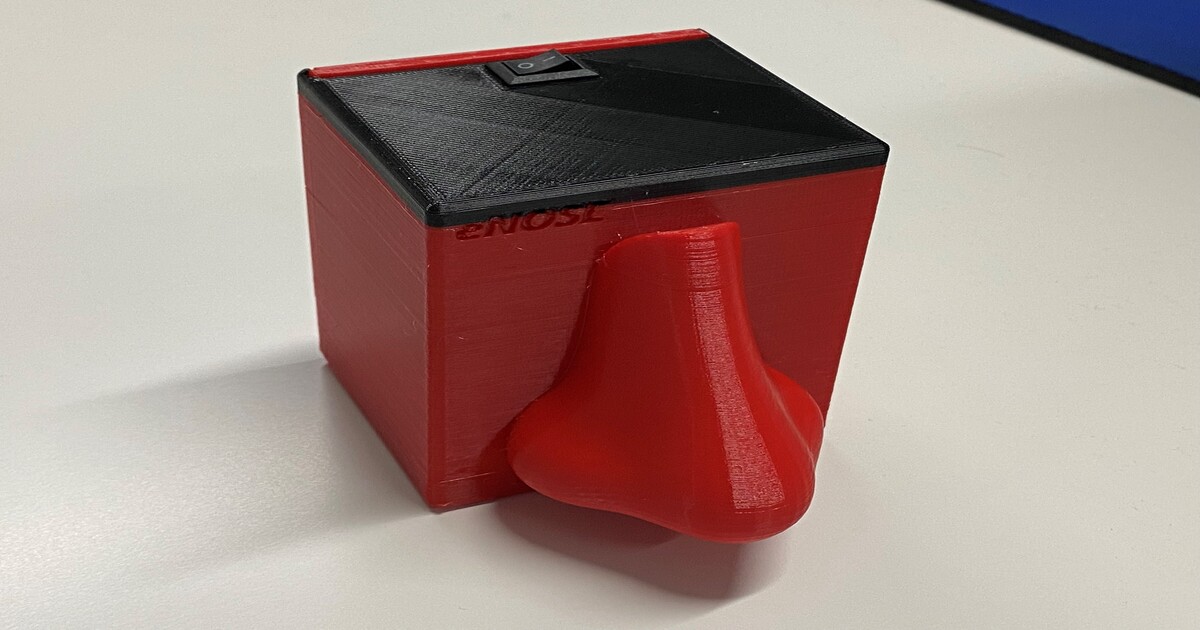Gas Recognition in E-nose System
A special issue of Sensors (ISSN 1424-8220). This special issue belongs to the section "Chemical Sensors".
Deadline for manuscript submissions: closed (25 November 2024) | Viewed by 3233

Special Issue Editors
Interests: signal processing for chemical gas sensors; system identification; pattern recognition and machine learning; applications in chemical measurements; electronic noses and machine olfaction; hardware and software development for volatile measurements
Special Issues, Collections and Topics in MDPI journals
Interests: gas sensors; chemical sensing; signal pre-processing; multivariate analysis; chemometrics; metabolomics
Special Issues, Collections and Topics in MDPI journals
Special Issue Information
Dear Colleagues,
"Electronic noses" refer to instruments that utilize a mechanism for detecting volatile chemicals and incorporate pattern recognition and machine learning. Since the early 1980s, they have undergone significant advancements in terms of sensor technology, machine learning tools, and an expanding range of potential applications. While gas sensors have traditionally served as the sensing mechanism for electronic noses, there is a growing trend to broaden the concept, including instruments, such as ultra-fast chromatography and ion mobility spectrometry, among others. This broader definition enhances gas recognition capabilities, expanding possibilities, but also increases the need for signal processing. Gas recognition algorithms and workflows play a crucial role, and their ability to extract valuable information is correlated with the correct implementation of preprocessing workflows (denoising, baseline correction, peak alignment, outlier detection, etc.) and processing tools (Principal Component Analysis, Linear Discriminant Analysis, Partial Least Squares, k-Nearest Neighbors, Support Vector Machines, Artificial Neural Networks, etc.). However, on the other hand, numerous challenging issues arise when dealing with gas recognition in new electronic noses, including the high dimensionality of raw data, the balance between simplicity and performance of algorithms, managing short- and long-term drifts, facing nonlinear responses, multi-gas recognition in noisy environments, and more.
The topics covered in this Special Issue will include both recent advances in gas recognition and improvements in the practical application of electronic noses. Original research articles are welcomed from a broad diversity of disciplines, such as engineering, computer science, machine learning, medicine, analytical science, environmental science, sensors technologies, and chemometrics, to highlight the latest developments in the topic of gas recognition with electronic noses.
This Special Issue will cover, but is not limited to, the following topics:
- Gas recognition for electronic noses;
- Chemometrics, pattern recognition, and machine learning for e-nose instruments;
- Electronic nose application solutions;
- Tools and workflows for preprocessing e-nose raw data.
Dr. Antonio Pardo Martínez
Prof. Dr. Luis Fernandez Romero
Guest Editors
Manuscript Submission Information
Manuscripts should be submitted online at www.mdpi.com by registering and logging in to this website. Once you are registered, click here to go to the submission form. Manuscripts can be submitted until the deadline. All submissions that pass pre-check are peer-reviewed. Accepted papers will be published continuously in the journal (as soon as accepted) and will be listed together on the special issue website. Research articles, review articles as well as short communications are invited. For planned papers, a title and short abstract (about 100 words) can be sent to the Editorial Office for announcement on this website.
Submitted manuscripts should not have been published previously, nor be under consideration for publication elsewhere (except conference proceedings papers). All manuscripts are thoroughly refereed through a single-blind peer-review process. A guide for authors and other relevant information for submission of manuscripts is available on the Instructions for Authors page. Sensors is an international peer-reviewed open access semimonthly journal published by MDPI.
Please visit the Instructions for Authors page before submitting a manuscript. The Article Processing Charge (APC) for publication in this open access journal is 2600 CHF (Swiss Francs). Submitted papers should be well formatted and use good English. Authors may use MDPI's English editing service prior to publication or during author revisions.
Keywords
- gas recognition
- electronic noses
- machine olfaction
- chemical sensing
- chemometrics and signal processing
- pattern recognition and machine learning
Benefits of Publishing in a Special Issue
- Ease of navigation: Grouping papers by topic helps scholars navigate broad scope journals more efficiently.
- Greater discoverability: Special Issues support the reach and impact of scientific research. Articles in Special Issues are more discoverable and cited more frequently.
- Expansion of research network: Special Issues facilitate connections among authors, fostering scientific collaborations.
- External promotion: Articles in Special Issues are often promoted through the journal's social media, increasing their visibility.
- e-Book format: Special Issues with more than 10 articles can be published as dedicated e-books, ensuring wide and rapid dissemination.
Further information on MDPI's Special Issue polices can be found here.






